Exactly three-quarters of a century have passed since, on March 28, 1946, the Czechoslovak National Assembly enacted the provisions issued by President Edvard Beneš between April and October 1945. Among 143 so-called Beneš decrees, 13 directly and 20 indirectly affected the ethnic Germans and Hungarians from the Highlands (“Upper Hungary”, the region of today’s Slovakia that was once part of the Kingdom of Hungary), classifying them as collectively guilty. In an effort to completely undermine these minorities – in both civil and human terms – they were deprived of citizenship, expelled from their homelands, prohibited to use their mother tongue, confiscated of their property, all while enduring looting, physical torture and the destruction of their education systems and cultures. And so on. To put it even more simply: this was a somewhat covert, refined and well-thought-out plan for genocide and annihilation.
Kálmán Janics, who was one of the first to bring it out into the open, wrote in his work, “Czechoslovak policy and the Hungarian minority, 1945-1948” with an introduction by Gyula Illyés (in the 1979 version published by the European Protestant Hungarian University): “the liquidation plan enacted against the Hungarian minority failed mainly due to powerful interests, but also because of simple luck”. Edvard Beneš, the liquidator – this was the book title that his compatriot, Sidonia Dedina, published in her documentary novel in 2004, referring to the first-class political criminal, arch villain. (Just as a reminder, the Beneš decrees are still in force even today.)
Shortly before the 75 th anniversary, the Slovakian State Secretary of the Ministry of Foreign Affairs recently said he would not allow ethnic Hungarians in Slovakia to acquire citizenship because it would cause problems similar to eastern Ukraine, South Ossetia, and Abkhazia. This is a provocation, according to our Foreign Minister Peter Szijjártó, as it is unacceptable to categorize Hungarians as anarchic, destabilizing agents. Just as it is unacceptable for a government official to compare the situation of Upper Hungary to the frozen conflicts of the Caucasus. And the Slovakian response: to summon the Hungarian ambassador in Bratislava to the Slovak foreign ministry and – as per usual – accuse the Hungarian side of interfering in internal affairs.
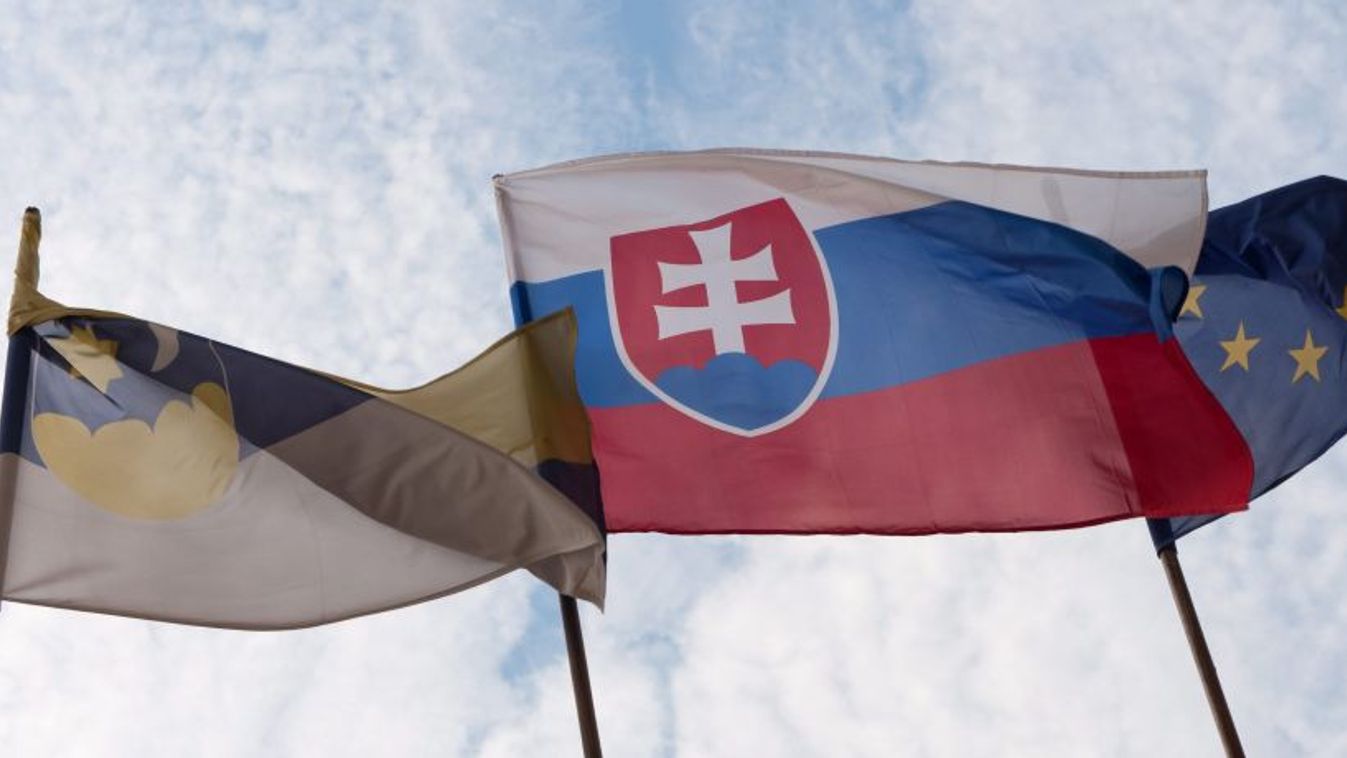
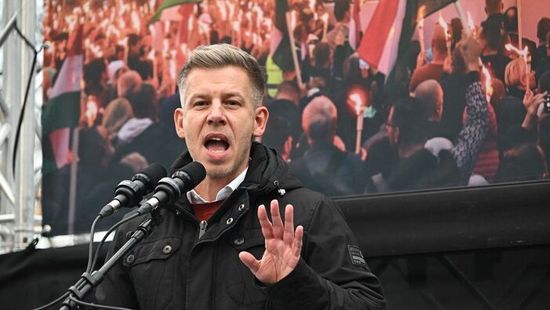


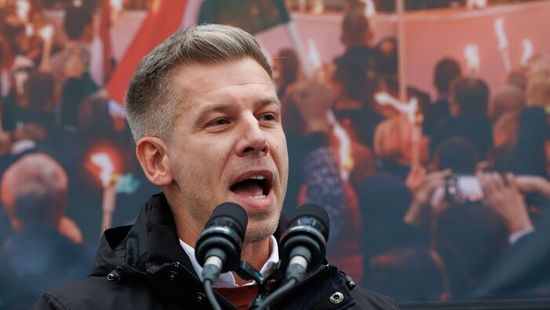

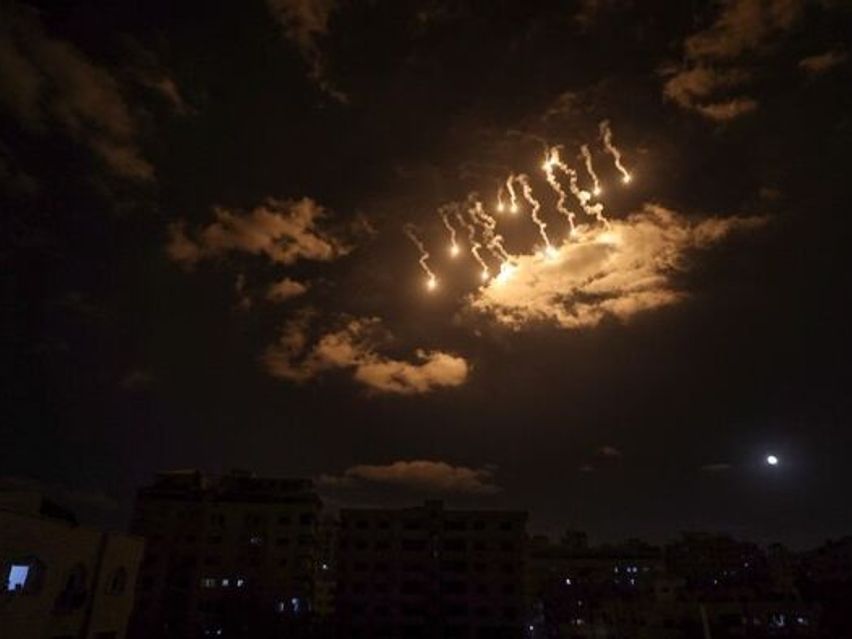
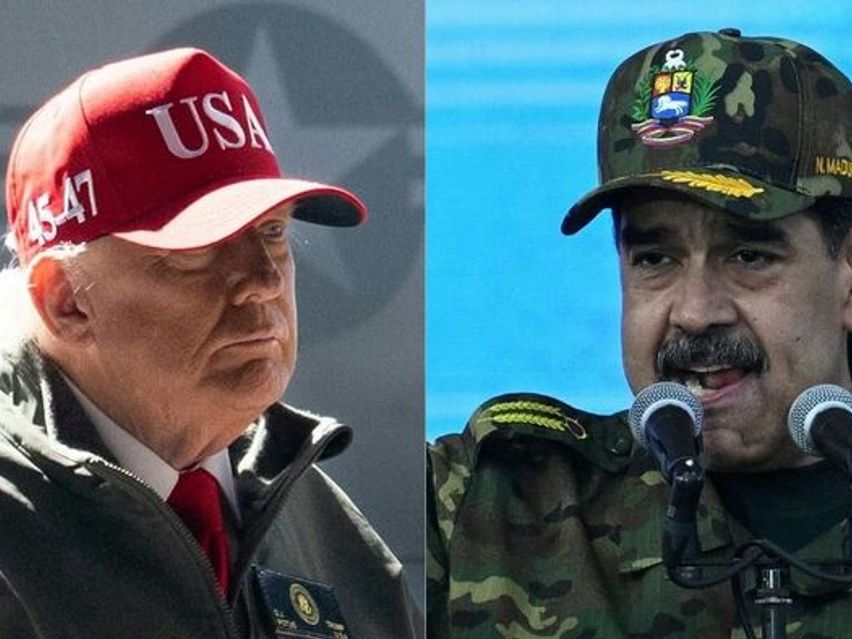

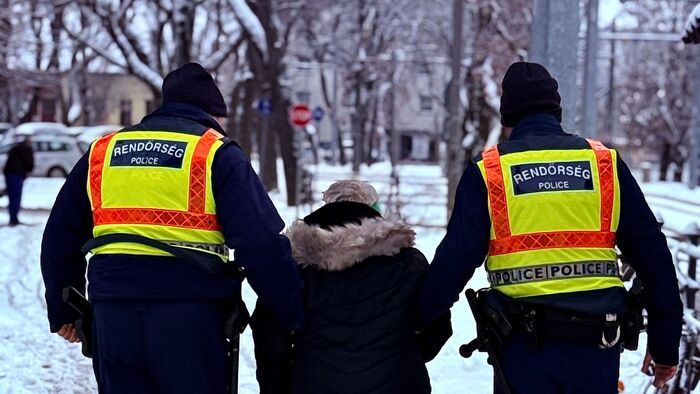




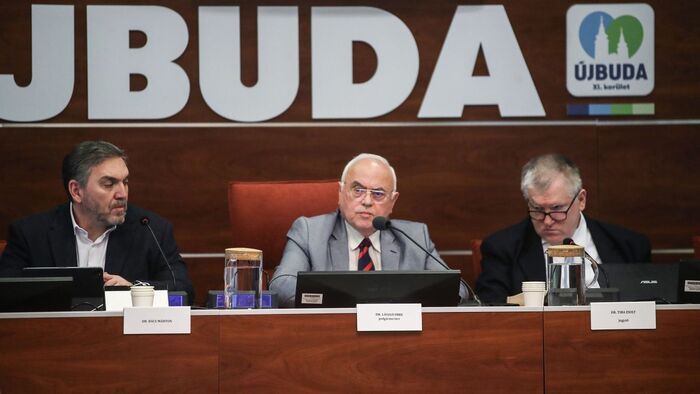
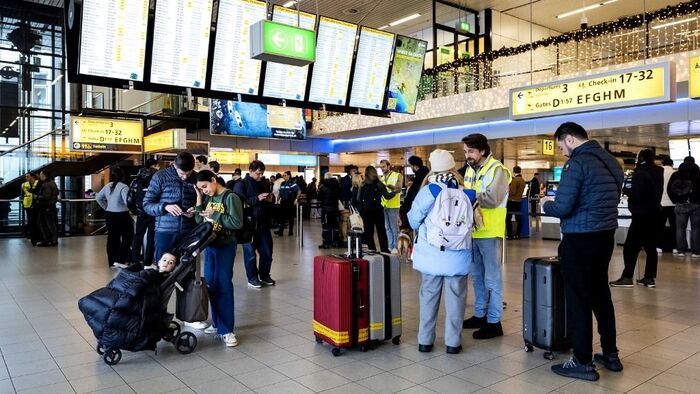



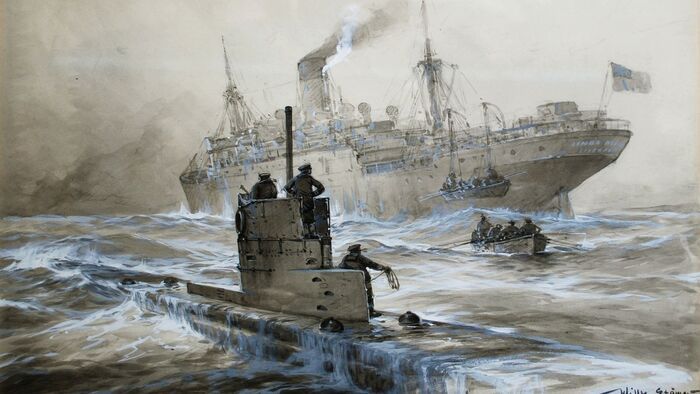



Szóljon hozzá!
Jelenleg csak a hozzászólások egy kis részét látja. Hozzászóláshoz és a további kommentek megtekintéséhez lépjen be, vagy regisztráljon!